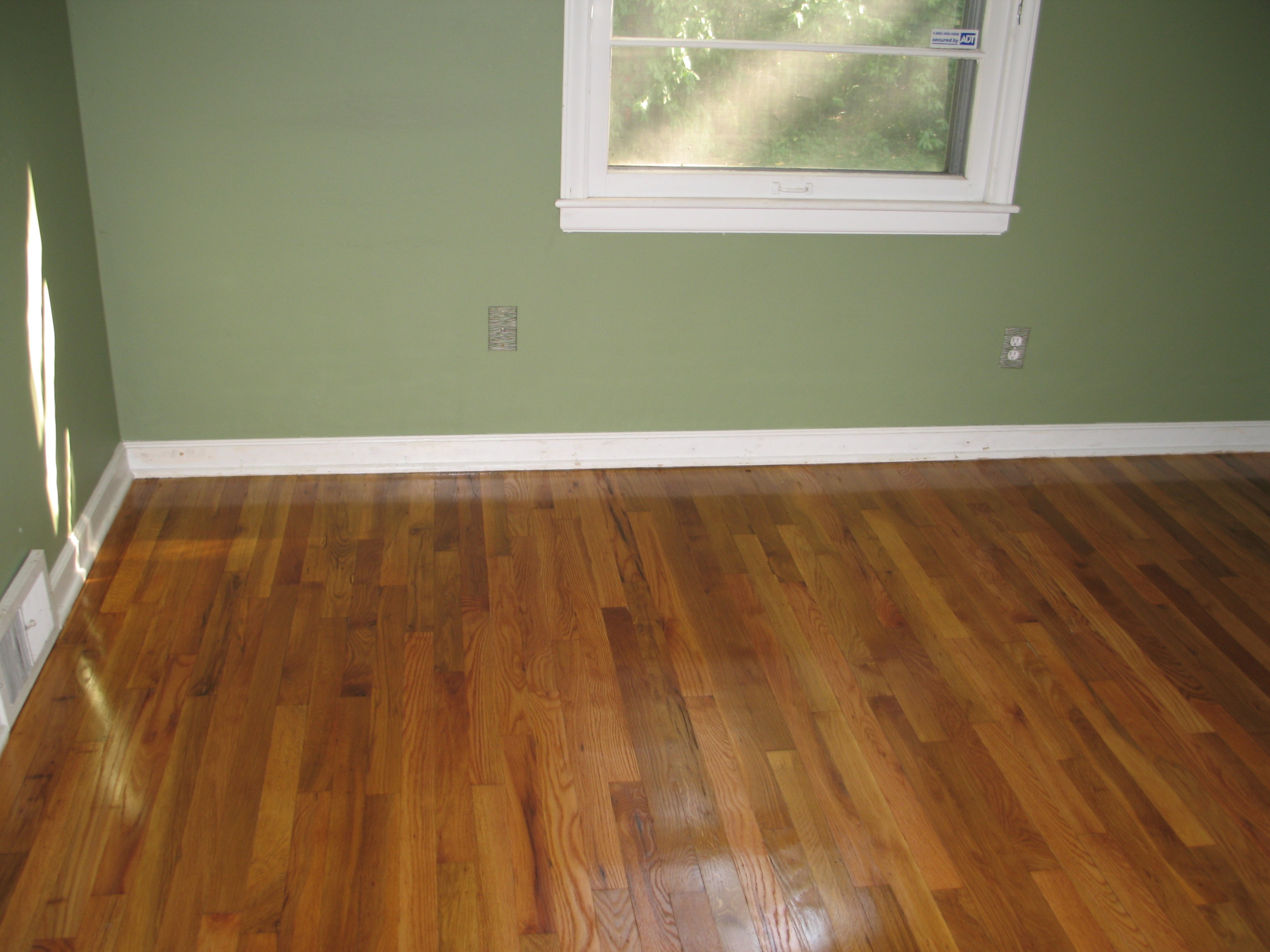Under certain circumstances, a common household product can combust -- or catch fire -- without any outside flame or spark.
That product is linseed oil, which so many people use to stain their wood furniture or their fence or deck this time of year. It's a natural product extracted from flaxseed. Liquid linseed oil in the can is no more hazardous than any other oil. But leftover linseed oil on rags, paper towels and so on has the unique ability to generate heat as it dries -- sometimes getting so hot that it bursts into flames.
"GMA" tossed some linseed oil-soaked rags and newspaper in a box like any homeowner might. But we did it under the close supervision of Montgomery County, Md., Fire and Rescue. Then we trained cameras on our two experiments -- one outside, another in a fire lab -- and waited.
Safety Alert: DIY Home ImprovementCharlie Shyab, a firefighter with the Washington D.C. Fire & EMS, says linseed oil fires seem to burn hot and fast.And he should know.
Charlie and his fellow Washington, D.C., firefighters got trapped in a linseed-fueled fire. Their only way out of the house? Back through the flames.
"I did say to myself, you know, you can stay up here and try and put this fire out and probably die or you can get out of here," he told "Good Morning America."
They made it, but with devastating burns over much of their bodies. The official cause, according to the fire department? Linseed oil.
Back at the "GMA" experiment, after an hour and we checked the linseed-soaked rags with a thermal imager. Glow-in-the-dark spots on the rags showed where the linseed oil started to grow hot.
"Obviously you're getting the heat build-up in there," Donny Bord, a firefighter with Washington D.C. Fire & EMS, told "GMA."
Thermal probes we https://www.angieslist.com/articles/how-much-does-hardwood-floor-refinishing-cost.htm had attached confirm that the temperature has risen from 87 degrees to 110 degrees.
Here's how it happens: when linseed oil is exposed to air, it combines with the oxygen molecules. This chemical reaction creates heat. If the linseed oil is on something like a cotton rag, it can catch fire at as low as 120 degrees -- with no outside spark.
"It is certainly among only a few items that gives off heat when it comes in contact with other natural products like cotton. And given the right atmosphere, the right amount of ventilation, it does self ignite. So that makes it extremely dangerous," said Chief Dennis Rubin of the Washington D.C. Fire & EMS.

In fact, linseed oil caused the biggest high rise fire in U.S. history. In 1991, Meridian Plaza in Philadelphia burned for 19 hours. The investigation showed workers left linseed oil-soaked rags in a vacant office.
Two hours into our experiment, we spotted smoke. The pile we left outside smoldered first, and then built quickly. Smoke curled from the rags indoors soon after.
"People simply forget the potential deadliness of simple cloth and linseed oil," Rubin said.
This historic Albuquerque theater and saloon went up in flames after a wooden bar was refinished with linseed oil. Workers at a neighboring business that was damaged made up T-shirts and posted a YouTube video in protest.
Three hours and 10 minutes into our experiment, suddenly flames burst from the rag. All without outside
That's why they call it spontaneous combustion.
The rags inside go up in flames, too.
And that is the unique power -- and danger -- of linseed oil.
Linseed oil in the can is fine. Just keep it away from heat and flames. The reason linseed oil doesn't catch fire when you use it on wood is that it is spread out, so it doesn't heat up.
Balled-up rags and other debris from projects are the real problem, because the oil is concentrated where it can heat up and the rags, providing fuel for the fire.
Linseed oil manufacturers suggest putting rags, paper towels, etc., soaked with linseed oil in a metal can full of water. You'll want to tightly seal the lid and take the can to your local hazardous waste site for disposal.
Web-extra InformationLinseed oil is the most likely to self-combust, according to the National Fire Protection Association, but there are other materials that have been known to do the same under certain circumstances.
Other Materials That May Self-Combust
 Turpentine
Turpentine Fish oil
Fish oil Lard
Lard Coconut oil
Coconut oil Cod liver oil
Cod liver oil Castor oil
Castor oilClick here to return to the "Good Morning America" website.
